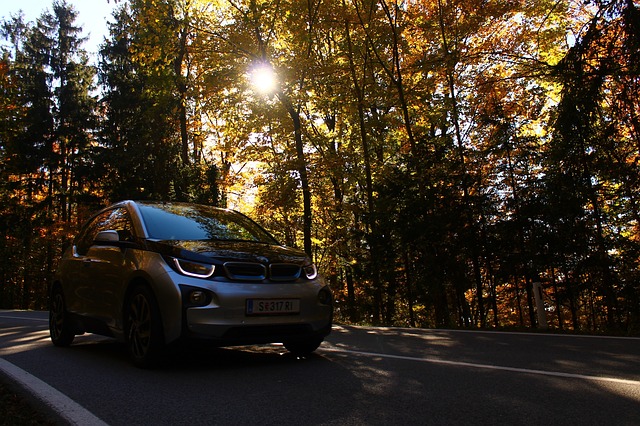How climate factors are driving the autos sector
James Hulse
This post was first published on CDP.
Six months ago the Volkswagen emissions scandal broke, dramatically drawing the attention of investors to vehicle emissions performance and wiping billions off Volkswagen’s value. In the wake of the scandal, emission regulations around the world are set to tighten and investors want to know which auto-manufacturers are ahead of the curve in responding to these changes.
Emission impossible
New sector research from CDP released today in our ‘Emission impossible’ report warns that the automotive sector as a whole is still not doing enough to prepare for forthcoming regulations.
It finds that seven auto-makers could potentially face up to US$4.8 billion in penalties (from the EU and US combined) for non-compliance on their fleet emissions. Most notably at risk are two giants of the US automotive industry – General Motors and Ford. Our research estimates that their potential combined EU & US penalties could be a staggering US$1.8 billion (114% of EBIT) and US$1.2 billion (27% of EBIT) respectively.
Although these potential penalties are estimates based on the assumption that generous credits will not always be available to manufacturers, they highlight the direction of travel as global regulations fall into line with the trajectory of global climate policy in the wake of the Paris Agreement.
And perhaps the most important finding in our new research is that in most countries, passenger vehicle fleet emission targets are not aligned with the International Energy Agency’s 2-degree pathway. This means we should expect tougher limits, with emissions regulations continuing to tighten in the coming years.
The car of the future is green
The report also shows how a tightening regulatory climate is helping to accelerate the market for greener advanced vehicles such as hybrids and plug-ins. In 2015, global sales of advanced vehicles increased three-fold. This means those car manufacturers that are ahead of the game on advanced vehicles are at a significant competitive advantage.
Of the 15 manufacturers covered by the report, three manufacturers received an ‘A’ grade from CDP for their efforts in the advanced vehicle market. These are Nissan, Renault and Volkswagen.
Nissan leads the charge on battery electric vehicles with its Leaf model a global best seller; Renault’s battery electric vehicle, the Zoe, received the top technical score from CDP; while Volkswagen – who have the serious challenge of restoring trust and brand credibility ahead of them – launched five new advanced vehicles in 2015.
China can put electric vehicles in the fast lane
Perhaps the most explosive opportunity for advanced vehicles lies in China. Formerly an environmental laggard, China now boasts some of the strictest passenger vehicle fleet emissions targets. When coupled with its booming demand for cars, this has the potential to put five million electric vehicles on the road by 2020 – presenting a significant opportunity to those manufacturers focused on advanced vehicles.
Overall the report shows that those car makers that take climate factors most seriously are both protecting value and putting themselves in the fast lane for future growth.
For more details please read the full results in the executive summary of the report here.



